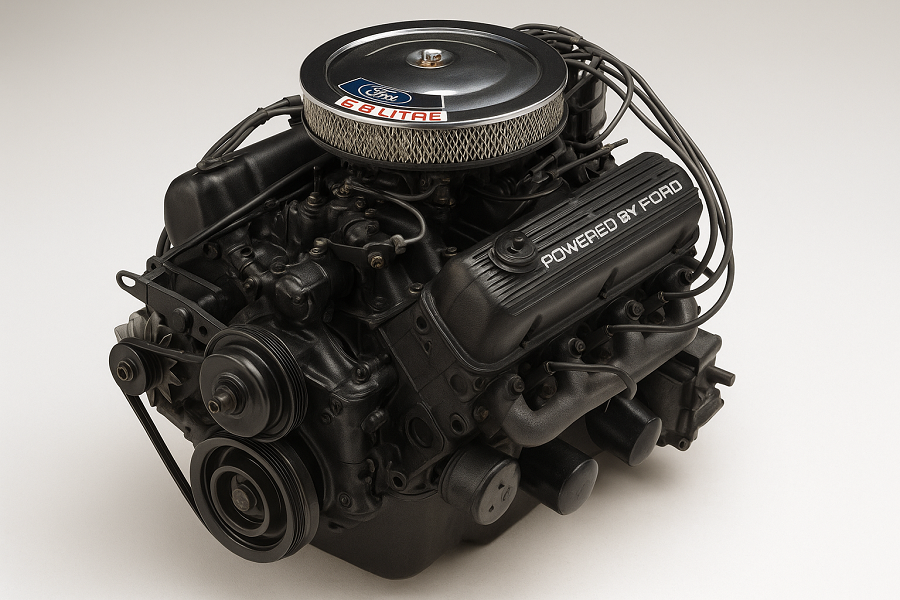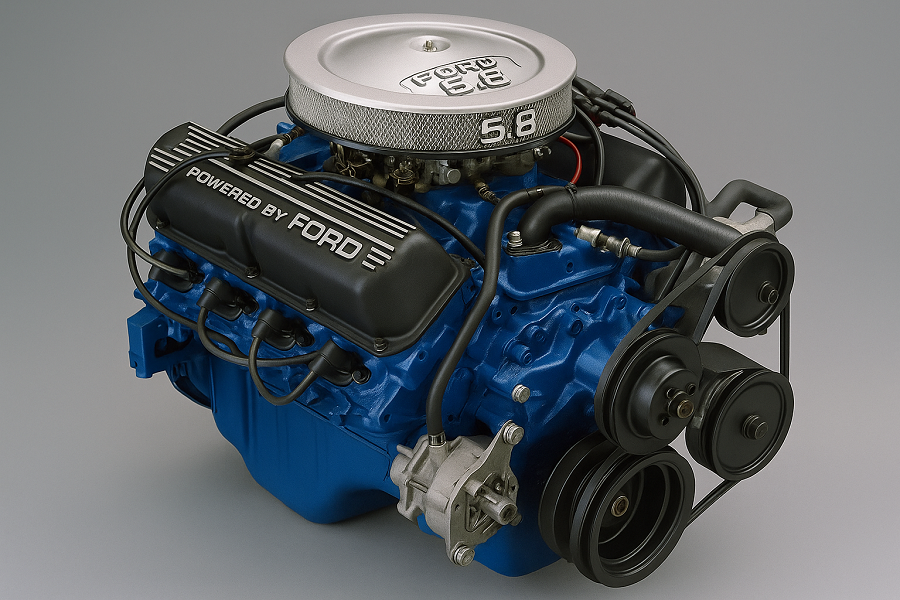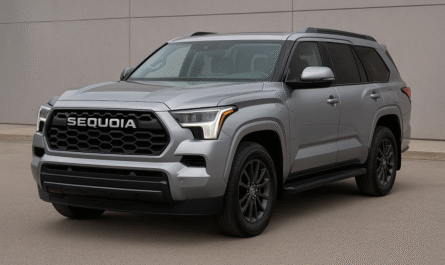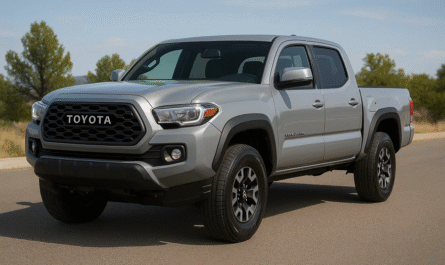Table of Contents
Table of Contents
Introduction
The Ford 5.8 engine has earned legendary status among gearheads, truck lovers, and Mustang fans alike. From the dependable 351 Windsor and Cleveland engines to the modern 1995 ford 5.8 engine Trinity V8 found in the Shelby GT500, this powerhouse has proven itself on the street, track, and even in marine applications. Whether you’re looking for a reliable crate engine, planning a performance build, or curious about its specs, this guide covers it all. We’ll explore the engine’s evolution, common issues, upgrade options, and what makes the Ford 5.8L one of the most versatile V8s ever built.
Evolution & Lineage
The Ford 5.8L engine has a rich history, starting with the 351 Windsor in the late 1960s. Known for its durability and torque, it became a favorite in trucks and muscle cars. Later, the 351 Cleveland and 351M brought performance upgrades and variations. Ford even adapted the 5.8L for marine use, proving its versatility. The evolution peaked with the ford 5.8 engine reliability Trinity V8—an advanced, supercharged DOHC engine built for the Shelby GT500. Each version added to the 5.8’s legendary reputation.
Deep‑Dive: The Trinity Supercharged 5.8L
Ford’s 5.8L Trinity engine, introduced in the 2013–2014 Mustang Shelby GT500, represents the pinnacle of Ford V8 engineering. It was the most powerful production V8 in the world at the time.
Key Features:
- All-aluminum block and heads
- DOHC architecture
- Eaton TVS supercharger
- Produces 662 horsepower and 631 lb-ft of torque
- Redline: 7000 RPM
This engine was designed for high-performance applications with exceptional durability, helping the GT500 hit 0–60 mph in under 4 seconds.
Comprehensive Spec Table
Here’s a quick comparison of key 5.8L engine variants:
| Specification | 351 Windsor | 351 Cleveland | 5.8L Marine | 5.8L Trinity (GT500) |
|---|---|---|---|---|
| Displacement | 5.8L (351 ci) | 5.8L (351 ci) | 5.8L (351 ci) | 5.8L (351 ci) |
| Block Material | Cast Iron | Cast Iron | Cast Iron | Aluminum |
| Head Type | OHV | OHV | OHV | DOHC |
| Induction Type | Naturally Aspirated | Naturally Aspirated | Naturally Aspirated | Supercharged |
| Horsepower (approx) | 250–290 hp | 280–300 hp | 260–310 hp | 662 hp |
| Torque (approx) | 350 lb-ft | 360 lb-ft | 350 lb-ft | 631 lb-ft |
| Redline | ~5500 RPM | ~5800 RPM | ~5000 RPM | 7000 RPM |

Common Issues & Reliability Analysis
Despite its success, the Ford 5.8 engine isn’t without flaws. Here are common problems across variants:
Most Reported Problems:
- Oil leaks from gaskets or rear main seal
- Ignition coil failures in older 351 Windsor versions
- Overheating in marine and performance engines
- Valve train wear in high-mileage engines
- Supercharger belt slip in Trinity engine at high boost
Tip: Regular maintenance and upgraded parts can extend engine life significantly.
Maintenance & Longevity Best Practices
To keep your Ford 5.8L engine running smoothly, follow these key maintenance steps:
Recommended Maintenance:
- Oil & filter change: Every 3,000–5,000 miles (use 5W-30 or 10W-30)
- Spark plugs: Replace every 30,000 miles
- Cooling system: Flush every 2 years
- Valve adjustment: Every 60,000 miles (older OHV variants)
- Supercharger maintenance: Inspect belt and pulley wear regularly
Buying, Swapping & Rebuilding
What to Consider When Buying:
- Check block casting numbers for authenticity
- Compare crate engine vs remanufactured engine options
- Ensure compatibility with transmission, mounts, and ECU
Crate Engine Options:
- Summit Racing offers long blocks and remanufactured versions
- Marine variants available from Michigan Motorz
Swap Applications:
- 5.0 → 5.8L swaps are popular in:
- Mustang GT
- F-Series Trucks
- Broncos
High‑Performance Upgrades
If you’re building a performance monster, here are the best mods for the Ford 5.8L engine:
Upgrade Ideas:
- Cold air intake and high-flow throttle body
- Performance camshaft kits
- Aluminum cylinder heads for weight savings
- Long-tube headers & performance exhaust
- Supercharger kits (for Windsor)
- ECU tuning & dyno calibration
These upgrades can increase power by 50–150+ horsepower depending on setup.
Environmental & Regulatory Considerations
Emissions laws are evolving fast. Here’s what to know:
- Trinity engine meets emissions for 2013–14 GT500
- 351 Windsor/Cleveland may not meet current EPA standards without mods
- Marine engines require EPA Tier 2 certification
- Always check local emissions laws before swapping engines

Market Value & Resale Trends
Classic and performance 5.8L engines have solid resale value.
| Engine Variant | Price Range (Used) | Collector Appeal |
|---|---|---|
| 351 Windsor | $1,500–$3,500 | Medium–High |
| 351 Cleveland | $2,000–$4,500 | High |
| Marine 5.8L | $2,000–$5,000 | Niche/Restoration Market |
| 5.8L Trinity | $7,000–$12,000 | Very High (GT500 builds) |
Future Outlook & Alternatives
While the 5.8L is no longer in production, it’s still popular for:
- Classic car restorations
- Off-road builds and swaps
- Performance retrofits in Foxbody Mustangs
Modern Alternatives:
- Ford 5.0L Coyote V8 (for daily-driven performance)
- Ford Predator 5.2L Supercharged (next-gen GT500)
- EcoBoost V6 (for efficiency and boost options)
FAQs
Q: What oil should I use in a 5.8L engine?
A: 5W-30 or 10W-30 works well for most driving conditions.
Q: Is the Trinity 5.8 engine reliable?
A: Yes. With proper maintenance, it’s extremely durable—even under high boost.
Q: Can I swap a 5.8L engine into a modern Mustang?
A: Yes, but you’ll need custom mounts, wiring harnesses, and ECU tuning.
Conclusion
The Ford 5.8 engine is more than just a V8—it’s a symbol of American power, engineering, and versatility. Whether you’re restoring a classic, building a track weapon, or tuning a marine setup, the 5.8L has a solution. Its legacy lives on in muscle cars, trucks, boats, and the hearts of car lovers everywhere.


